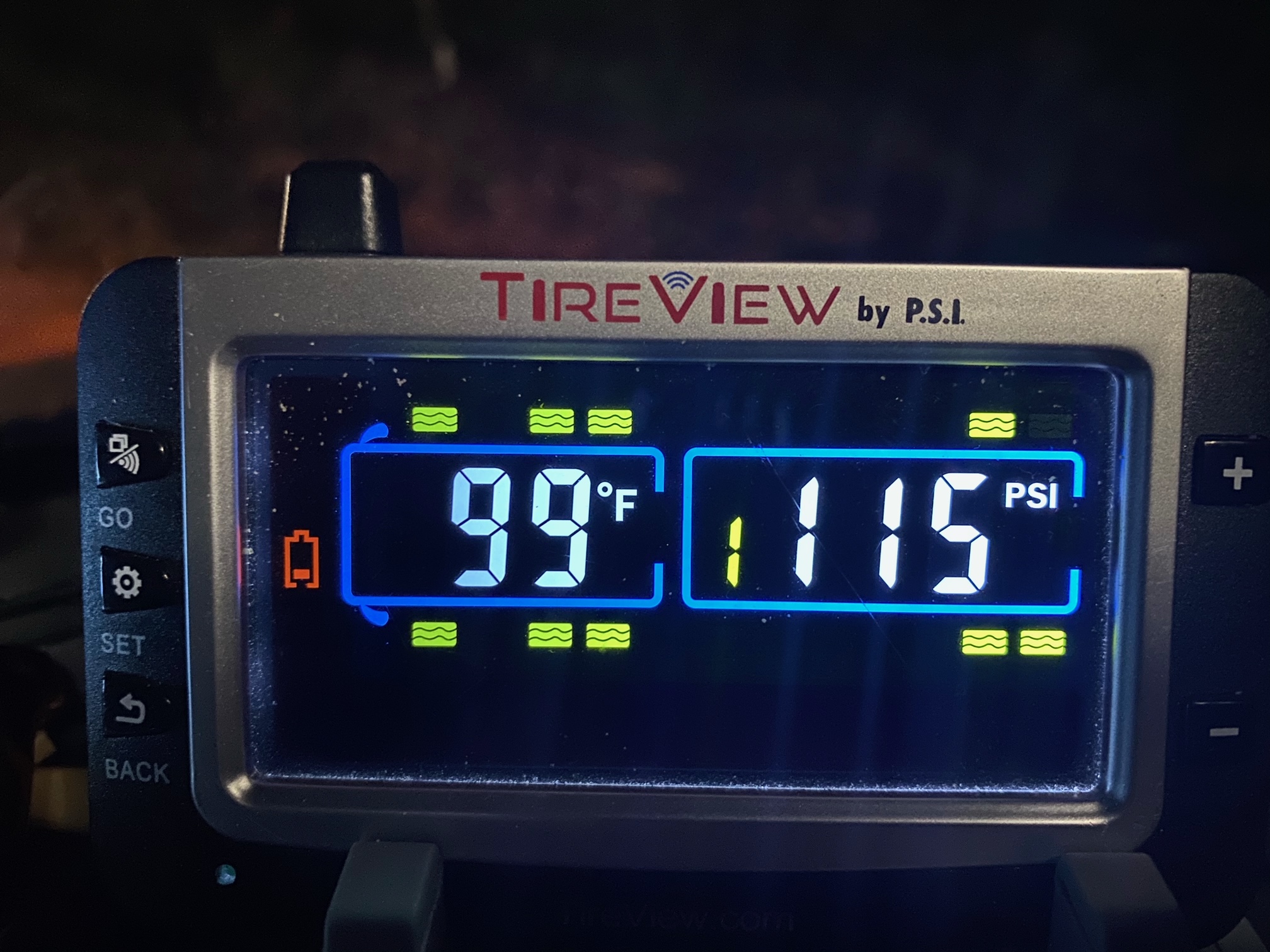.jpeg.aspx?lang=en-US&width=500&height=375)
It’s that time of year again when the gators come out. The kind of gator I’m speaking of is not the living one. I’m speaking of the tread that has peeled from a tire. With warmer weather setting in, heat is the enemy of your tire. Over the winter there is more room for error in regards to tire pressure. Running a tire low on air causes additional flex in the sidewall area which over time weakens the tire’s carcass. The flexing of a tire’s sidewall also creates heat which can cause damage to the tire. It’s important to remember they use heat to put a tire together and heat will also take it apart. Keeping the correct tire pressure is always important. However, when the temperature rises the tire’s resistance to failure decreases.
There are many ways to check your tire pressure correctly. You can use a traditional stick type gauge, an electronic digital gauge, or a tire pressure monitoring system (TPMS). I prefer to have a TPMS on all of my tires. The reason I have this system is even if I diligently checked my tires with a gauge every time I stopped, there is a possibility of running over a nail causing a leak before I get the chance to check the tires with a gauge again. Using a tire thumper or a hammer to hit the tread of a tire is not the correct way to know if you have the proper tire inflation pressure. I REPEAT, USING A TIRE THUMPER IS NOT THE PROPER WAY TO ENSURE YOU HAVE THE CORRECT TIRE INFLATION PRESSURE!
.jpeg.aspx?lang=en-US&width=500&height=375)
In my case, I use the TireView by P.S.I. By having a TPMS I have the assurance of knowing that all of my tires are inflated correctly at all times during my travels. I have the warning pressure sensor set at 5 psi below the desired inflation pressure. On more than one occasion I was warned of a slow leak on one of my tires before I started my pre-trip inspection. By having the TPMS I have saved many tires over the last 15 years of using a tire pressure monitor. Keep in mind that tire pressure monitoring systems are cheap when comparing them to replacing a tire or the damage which can be caused by a tire’s low inflation pressure.
In addition to having a TPMS, I have found it very useful to carry an air hose that attaches to my air brake glad hand that can inflate tires. I like using the air off of my truck and glad hands because I’m assured nice, clean, dry air for my tires. Having clean dry air reduces the amount of moisture within a tire which cuts down the possibilities of corrosion within my tire and wheel assembly. In addition to the air hose and the TPMS, I also carry a professional tire plug kit. I use the plug kit to temporarily fix a tire in order to safely get the damaged tire to a repair shop.
I found it to be extra important to take all the steps mentioned above because my truck and trailer utilize wide-based single tires. This means if a tire fails, there is a good chance of the rim itself being damaged by the road service. I strongly encourage everyone to take these steps to reduce the likelihood of a tire failure resulting in what we drivers refer to in trucker slang as a “gator on the highway."